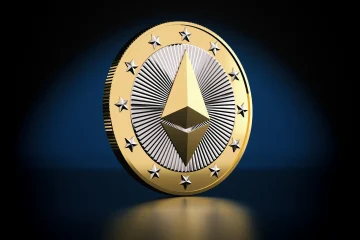In today’s rapidly evolving world, where boundaries between disciplines are becoming increasingly blurred, it is essential for individuals to develop a versatile skill set that can adapt to changing demands. The traditional approach to education, focusing on siloed subjects, often fails to equip learners with the necessary tools to navigate this dynamic landscape. That is why embracing an interdisciplinary approach to learning has become more important than ever before. By bridging the gap between various fields of knowledge, individuals can unlock new perspectives, foster innovation, and address complex challenges. In this article, we delve into the power of interdisciplinary learning, exploring how it can shape the future and ignite intellectual curiosity.
Unleashing Creativity: The Fusion of Arts and Sciences
In the realms of academia, the arts and sciences have long been perceived as distinct entities, residing on opposite ends of a spectrum. However, a growing body of evidence suggests that combining these seemingly contrasting disciplines can lead to groundbreaking discoveries and innovations.
Consider the story of Robert, a curious student who was passionate about both computer programming and music. At first, he struggled to reconcile his two seemingly unrelated interests, but eventually, he discovered the remarkable synergy between them. Robert’s interdisciplinary journey led him to pioneer a new field called “sonification,” where he transformed complex data sets into musical compositions, allowing people to perceive and understand information in novel ways. This innovative approach not only bridged the gap between music and technology, but also opened new doors for researchers, enabling them to analyze data with a fresh perspective.

The fusion of arts and sciences also extends beyond individual achievements. In recent years, interdisciplinary teams have brought forth groundbreaking advancements in fields like medical imaging, architecture, and artificial intelligence. By embracing the creative insights of artists and combining them with the analytical prowess of scientists, these collaborative efforts have yielded remarkable outcomes that were previously unimaginable. Such collaborations have not only enriched our understanding of the world but have also opened up new avenues for exploration and innovation.
A Holistic Approach: The Convergence of Social Sciences and Natural Sciences
While the integration of arts and sciences taps into our creative potential, another frontier of interdisciplinary learning lies in the convergence of social sciences and natural sciences. This union offers a holistic understanding of complex societal issues, enabling us to tackle them with comprehensive solutions.
Take, for example, the study of climate change. By solely focusing on the natural sciences, we gain valuable insights into the physical processes driving global warming. However, to address the multi-faceted challenges associated with climate change, we must also examine its social, economic, and political dimensions. This is where the interdisciplinary approach comes into play.

Through the collaboration of social and natural scientists, we can understand the intricate interplay between human behavior, policies, and environmental factors. This integrated knowledge equips us to develop effective strategies for mitigating climate change, such as crafting policies that incentivize sustainable practices, fostering community engagement, and designing innovative technologies.
Conclusion
In a world characterized by rapid change and increasing complexity, an interdisciplinary approach to learning is essential. By transcending the boundaries of individual disciplines, we can unlock new perspectives, nurture creativity, and address complex challenges. The fusion of arts and sciences unleashes innovation, while the convergence of social and natural sciences enables us to develop comprehensive solutions to pressing global issues. Embracing an interdisciplinary mindset not only broadens our intellectual horizons, but also equips us with the tools to shape a better future. So, let us bridge the gap and embrace the power of interdisciplinary learning, for it holds the key to unlocking our full potential.


